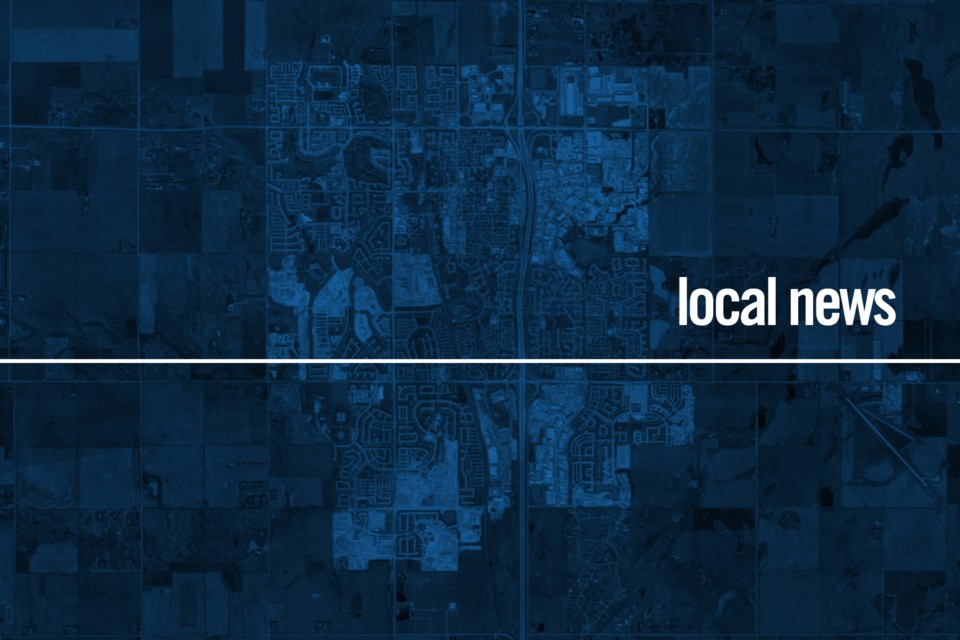BONNYVILLE - An agreement ‘made in the Lakeland’ has been announced about the ID 349 funding.
On Nov. 30, the province of Alberta announced that the Town and MD of Bonnyville, City of Cold Lake, and Village of Glendon have agreed on how to distribute the linear property tax revenues from the Cold Lake Air Weapons Range (CLAWR) moving forward.
The Improvement District No. 349 will now be amalgamated into the MD of Bonnyville, a statement from Municipal Affairs read, and the tax revenue from the former ID properties will be shared with the other three municipalities each year on a per capita basis.
The 2020 funds will see the city receive $15.37-million, town getting $6.88-million, $990,150 will go to Glendon, and the MD will receive $2.2-million. Funding amounts will vary in the future depending upon tax revenue generated.
“It’s the end of a long journey,” expressed Town of Bonnyville Mayor Gene Sobolewski. “Myself and the town are pleased, relieved, and grateful for the partnerships that we were able to produce and just working with all of our neighbours to come up with a lasting agreement that’s going to sustain the region.”
The agreement was described by MD of Bonnyville Reeve Greg Sawchuk as historic “because it’s the first time that the four municipalities have actually agreed on an agreement moving forward in the long-term.”
“We were all focused on the sustainability of the urban but we were also looking for stability in regards to the agreement being long-lasting.”
Glendon Mayor Laura Papirny agreed, “I don’t think any other municipalities in Alberta have reached such an agreement. It’s definitely a wonderful example of regional cooperation.”
Over the years, the ID 349 funding agreement has changed.
In 2017, the NDP government made amendments that required the city to share about $26-million in income they were getting from the CLAWR. These changes saw Cold lake receiving $16-million, while the town was given $4-million and the MD received $1-million allotted for the maintenance of the La Corey resource road in addition to $1.2-million over the span of 15 years to cover the debenture costs of applying asphalt overlay to the road.
Glendon also received $500,000 and an additional $16-million was set aside for the ID 349 Intermunicipal Fund.
The agreement was once again brought back to the table when the UCP government came into power and the Minister of Municipal Affairs told those involved that changes would be made to the funding model. The municipalities were also told the province was putting a freeze on the 2019 funds until a new agreement was reached, which left councils scrambling to figure out how to address the shortfalls that were left in their current year and 2020 budgets.
Although a new agreement hadn’t been reached, the provincial government did release the 2019 funding earlier this year.
The municipality leaders began meeting in order to work out a plan, along with Bonnyville-Cold Lake-St. Paul MLA David Hanson.
“They came up with a ‘made in the Lakeland’ solution that we presented to the minister that was accepted,” Hanson noted. “I’m very happy with it. I think all the parties involved are happy with it and that’s a decision that they came to on their own that was supported by the ministry.”
Everyone involved agreed the per capita basis was the fairest way to go.
“It’s to treat everybody, all the residents and municipalities, equally,” Copeland noted. “We wanted to also make sure that the MD of Bonnyville would get compensated for the road from La Corey up to the range because that’s a long road and they’ve done a lot of infrastructure on that road. After that, just to eliminate any kind of issue that municipalities had in the past with the city receiving the lion's share of ID349. We came together, with the MLA leading it, to come up with an agreement that’s fair for everybody involved and per capita, you can’t get much better than that.”
Another aspect that was included in the agreement was ensuring it would be in place for the long-term and that it would need to be a unanimous decision by all of the municipalities if any changes were made.
“It’s fine when people are happy and smiling, but in times of conflict, you have to make sure that hasty decisions don’t get made,” Sobolewski stated. “It was very important that we made sure that it was ironclad in that you couldn’t, at the discretion of a council or for whatever reason, modify or alter the arrangements. It had to be locked in and that’s for sustainability into the future.”
Sawchuk noted this aspect wouldn’t allow "any future, rogue councils to come from any one municipality and mess this up.”
He continued, “That was a very important one and our council thought that this is a way that we can truly support our urban partners by securing these funds in the region because the province could have easily taken this away. Especially in our current economic climate, this is under their jurisdiction and they could have easily brought all of the funds back into Edmonton. For us to secure the (funds) within our region, that’s a big win.”
In a press release, Minister of Municipal Affairs Tracy Allard said the agreement shows what can happen when the collective wisdom of Alberta’s municipal leaders is tapped into.
“Collaboration, relationship building, and working together is key to creating visibly local results in community after community. I want to thank MLA Hanson for showing leadership on this file and to the four municipalities for working together to create a solution that benefits the region.”



